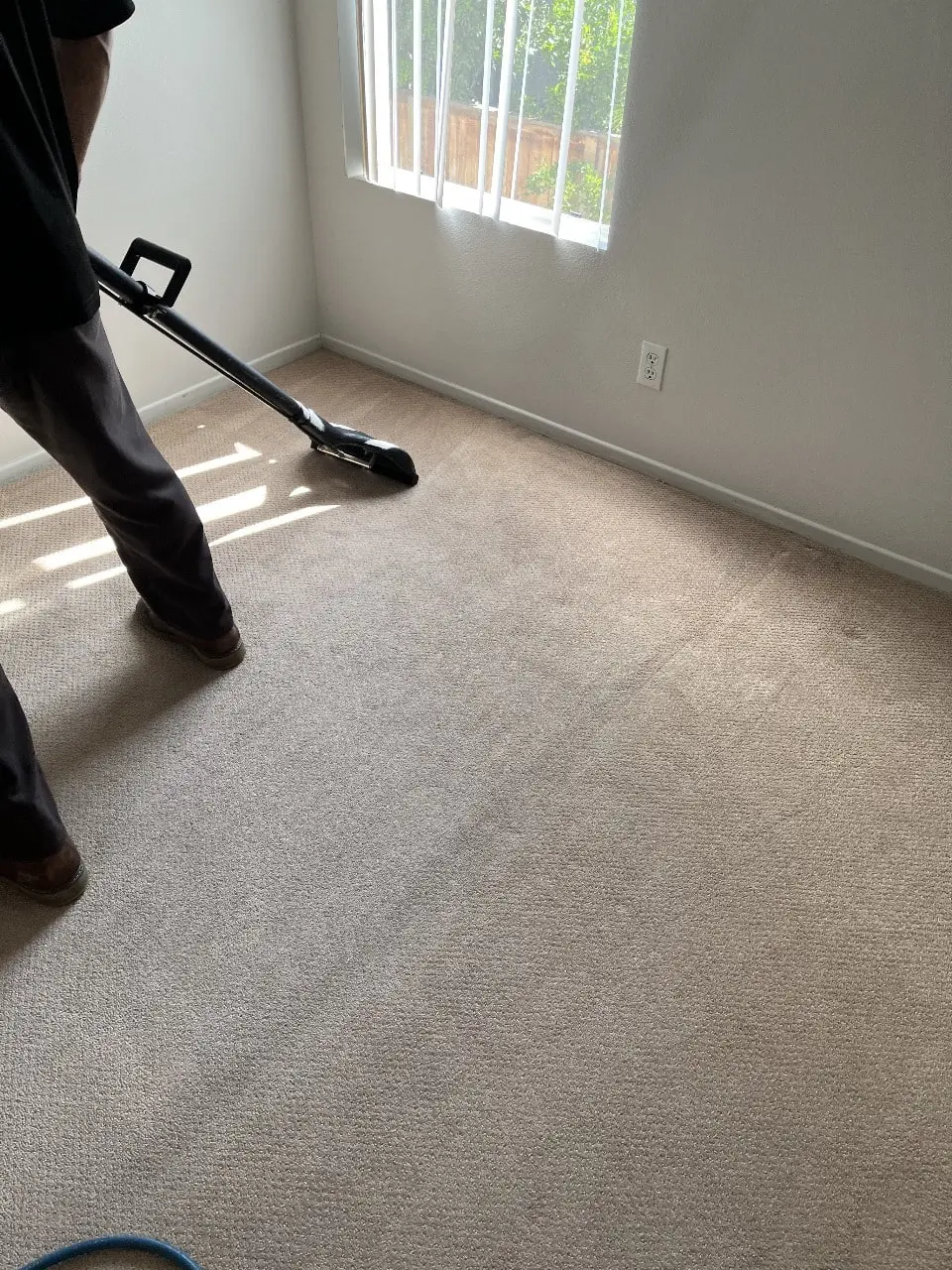Carpet Cleaning Services
Our carpet cleaners safely remove dirt, stains, urine, and spot odors without leaving a trace or any harmful residue.
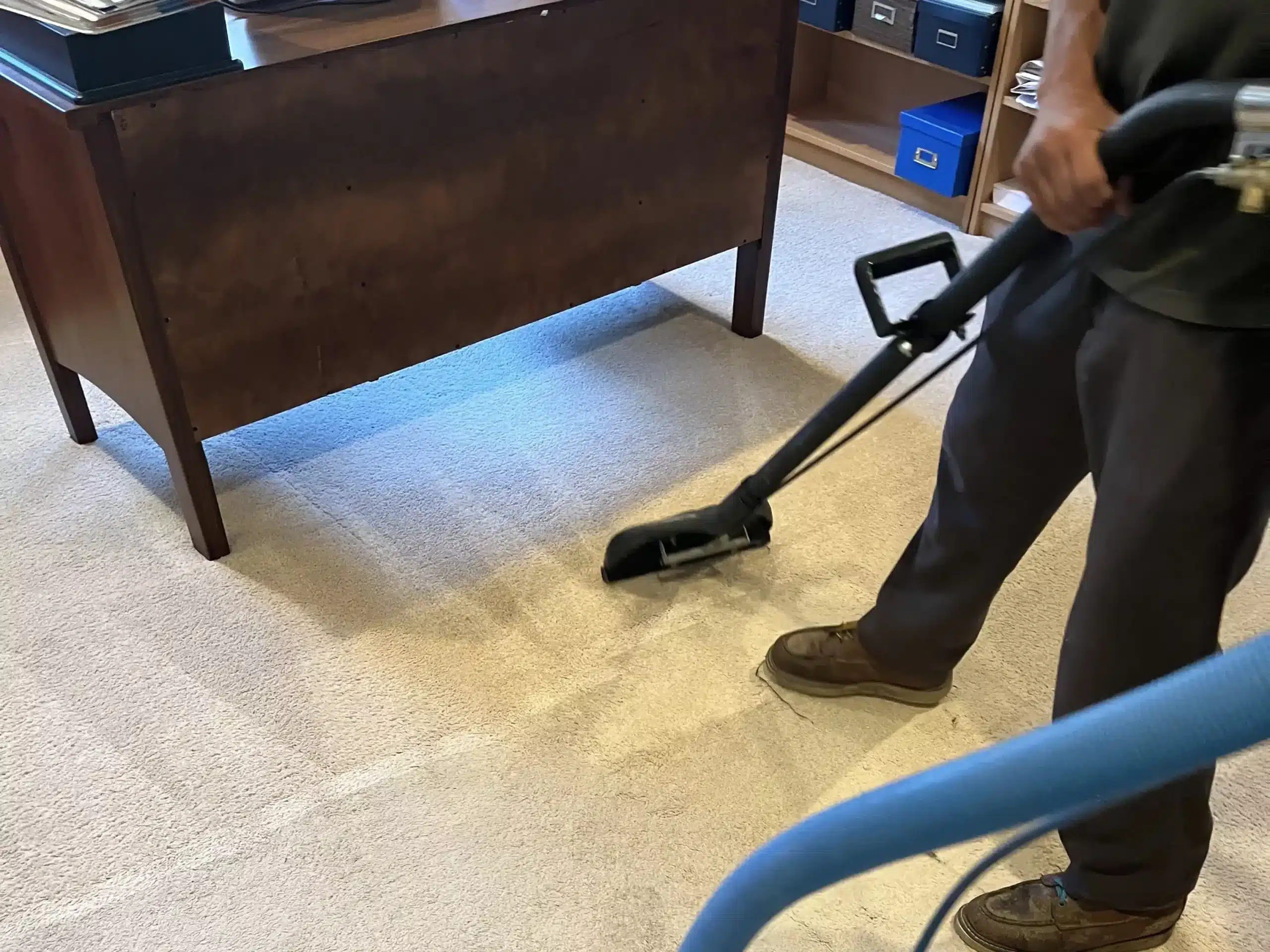
Commercial rug cleaning
Our professional cleaning services to thoroughly clean area rugs, eliminate allergens, dirt, and stains.
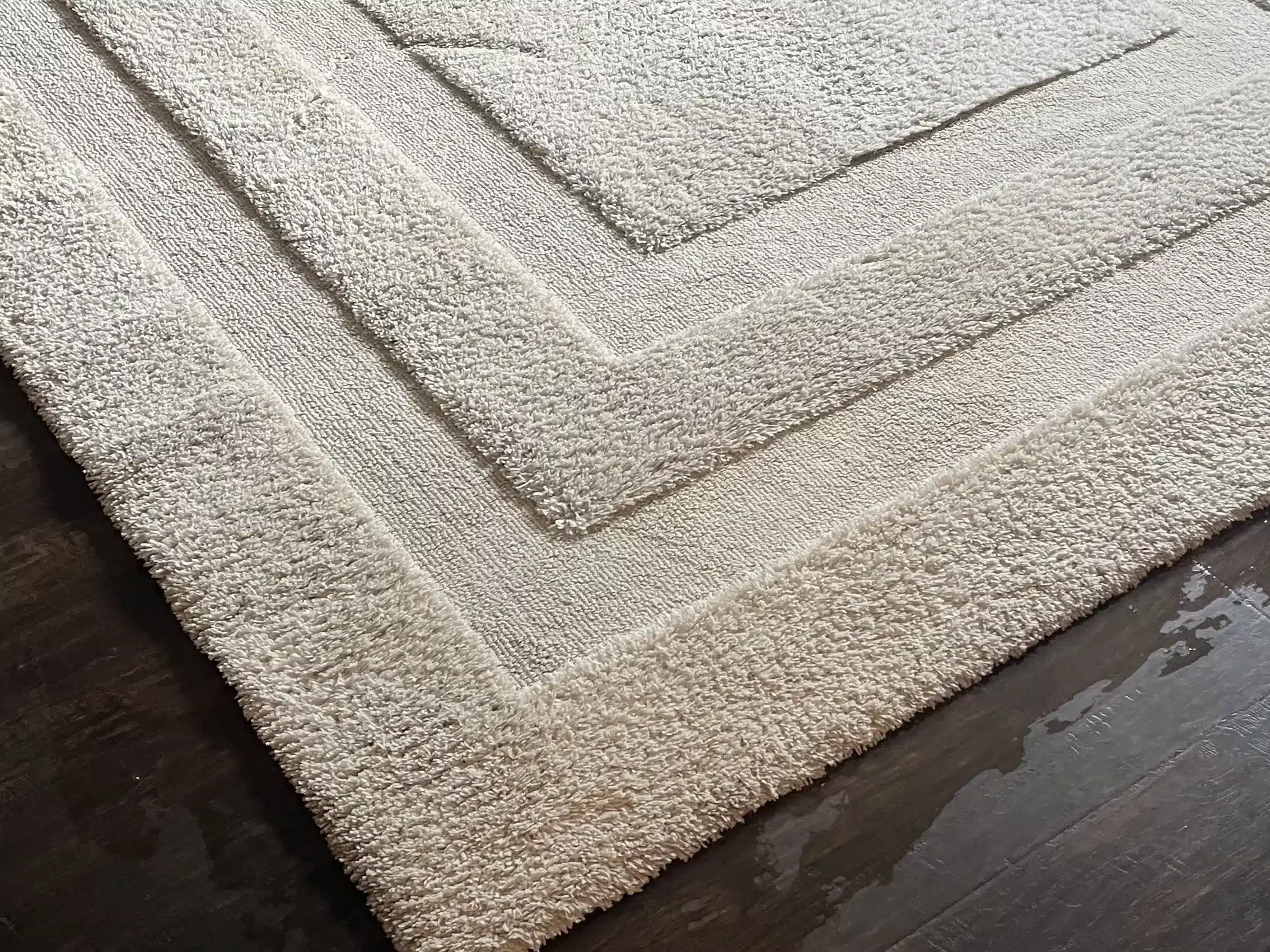
Upholstery Cleaning
Our technicians will revive, renew and clean your furniture from trapped dust, dirt, and allergens from within the fibers.

Get in touch with us!
Need assistance or have questions? Contact us today for prompt and friendly support, we’re here to help! Explore our location on the map to find us easily and visit our office.
BUSINESS HOURS:
Sunday -Thursday | 24Hrs
Friday | 8am- 4pm
Saturday | Closed
Our Location
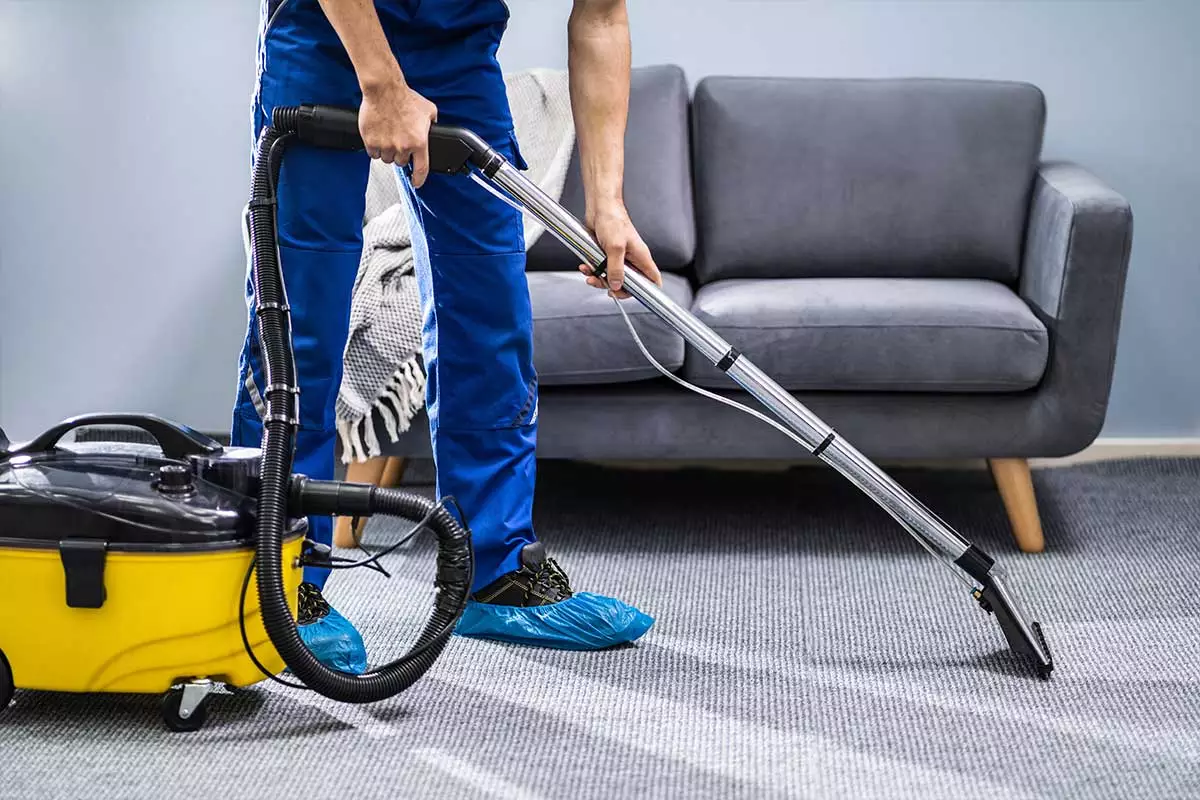
Delivering Exceptional Cleanliness to Every Home We Serve”
With over a decade of experience, we have built a strong reputation for providing professional, reliable, and affordable cleaning services. Our team of skilled and friendly technicians is committed to ensuring your complete satisfaction, no matter how big or small the job is.
Why Us?
Skilled Cleaning Professionals
Here at Carpet & Duct Cleaning, we go beyond just carpets. Our team of highly skilled professionals undergoes unique training to tackle a wide range of surfaces, including carpets, ducts, tiles, hardwood, and upholstery. Rest assured, our technicians are dedicated members of our team.
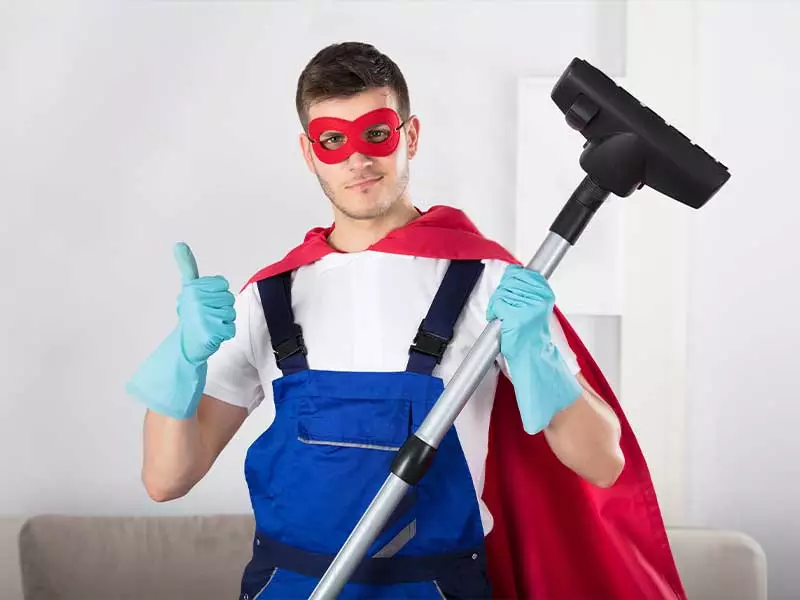

Safer, Healthier Cleaning
Our EPA Safer Choice certified cleaning solutions use neutral ingredients without harsh chemicals, making them safe for those with asthma or allergies. With our cleaning expertise, we provide cleaner, healthier living for your entire household, including your family, beloved pets and guests.
Industry-Leading Expertise
With over a decade of experience serving our valued customers, Carpet & Duct Cleaning has continually refined our cleaning processes to establish an industry-leading standard of excellence. We have proudly remained at the forefront of the industry, setting the benchmark for professional cleaning services.
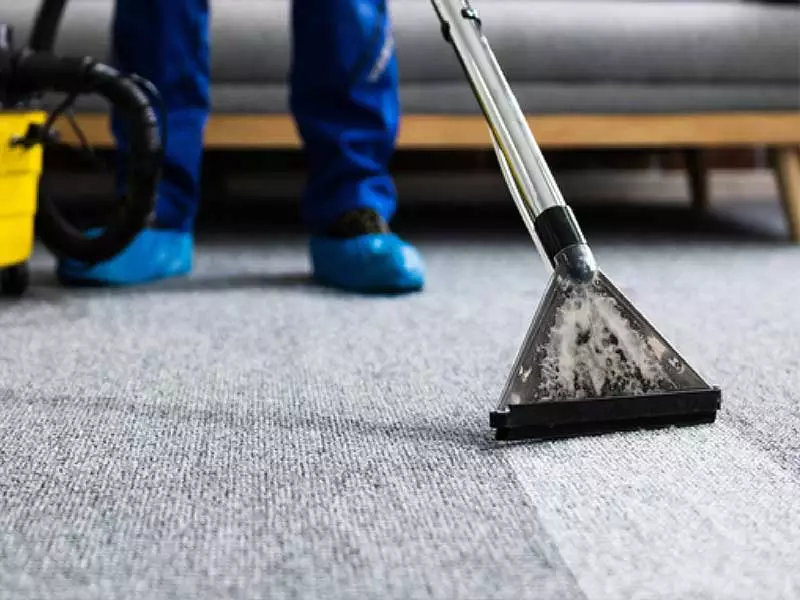
In Words of Customers
★★★★★
David L.
Great experience, they cleaned my bedroom and mattress same day. Very friendly and professional – will use them again!!
★★★★★
Alina L.
Great service, we got our carpet cleaned at the entire house. Shawn was fast and professional. everything looked amazing and the price was fair.

